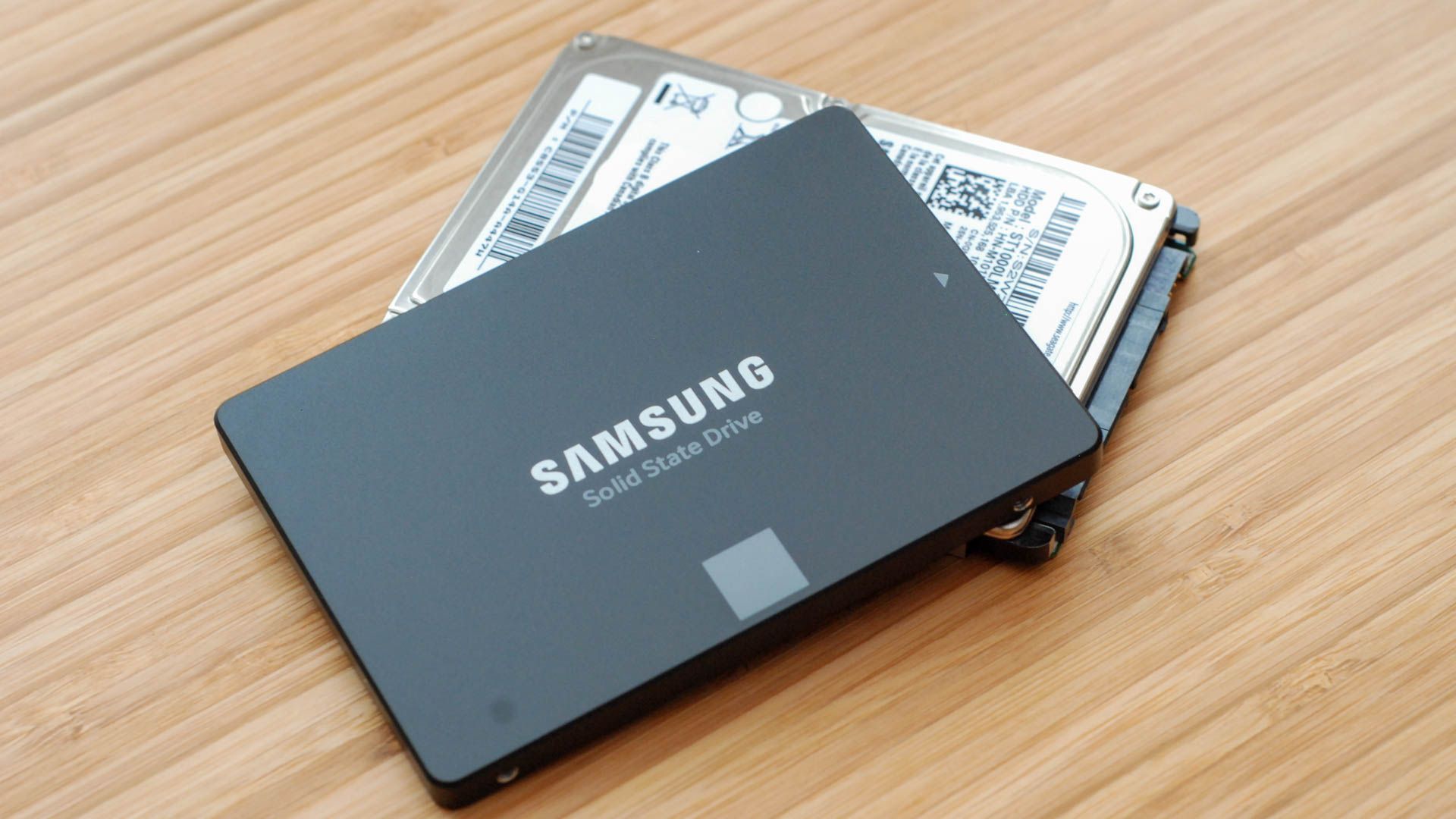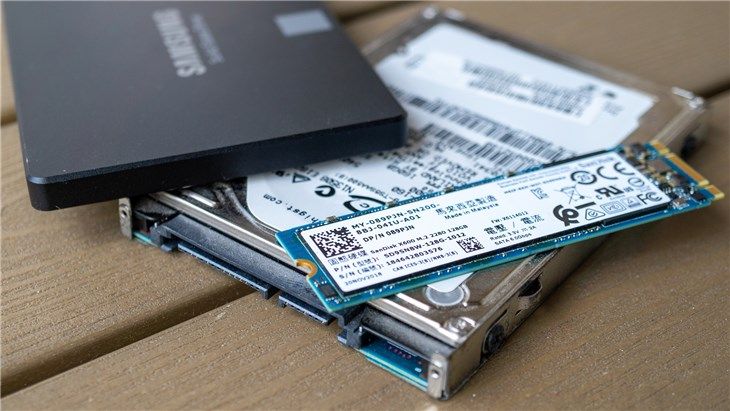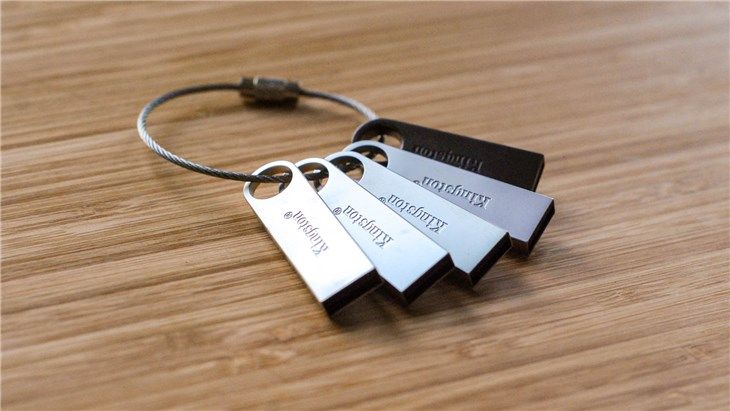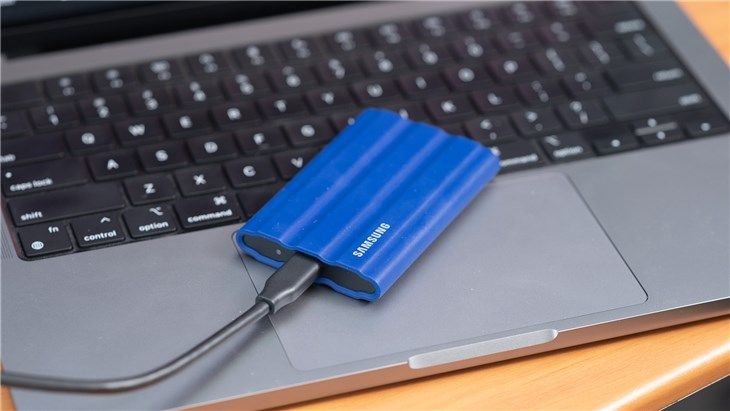Quick Links
Key Takeaways
- FAT32 is older but offers near-universal compatibility with different operating systems and devices, making it ideal for flash drives and external drives.
- NTFS is the modern file system used by Windows, offering advanced features like file permissions and encryption, but has limited compatibility with other operating systems.
- exFAT is a lightweight file system optimized for flash drives, with larger file and partition size limits than FAT32, and wider compatibility than NTFS.
Whether you're formatting an internal drive, external drive, USB flash drive, or SD card, Windows gives you the choice of using three different file systems: NTFS, FAT32, and exFAT. The Format dialog in Windows doesn't explain the difference, so we will.
What Is a File System?
A file system provides a way of organizing a drive. It specifies how data is stored on the drive and what types of information can be attached to files — filenames, permissions, and other attributes. Windows supports three different file systems. NTFS is the most modern file system. Windows uses NTFS for its system drive and, by default, for most non-removable drives.
FAT32 is an older file system that's not as efficient as NTFS and doesn't support as big a feature set, but does offer greater compatibility with other operating systems. exFAT is a modern replacement for FAT32 — and more devices and operating systems support it than NTFS — but it's not nearly as widespread as FAT32.
What Is NTFS?
NTFS is the modern file system Windows likes to use by default. When you install Windows, it formats your drive with the NTFS file system. NTFS has file and partition size limits that are so theoretically huge you won't run up against them. NTFS first appeared in consumer versions of Windows with Windows XP, though it originally debuted with Windows NT. The name is short for "New Technology File System."
NTFS is packed with modern features not available to FAT32 and exFAT. NTFS supports file permissions for security, a change journal that can help quickly recover errors if your computer crashes, shadow copies for backups, encryption, disk quota limits, hard links, and various other features. Many of these are crucial for an operating system drive — especially file permissions.
Your Windows system partition must be NTFS. If you have a secondary drive alongside Windows and you plan on installing programs to it, you should probably go ahead and make it NTFS, too. And, if you have any drives where compatibility isn't really an issue — because you know you'll just be using them on Windows systems — go ahead and choose NTFS.
Despite its advantages, where NTFS lacks is compatibility. It'll work with all recent versions of Windows — all the way back to Windows XP — but it has limited compatibility with other operating systems. By default, Macs can only read NTFS drives, not write to them. Some Linux distributions may enable NTFS-writing support, but some may be read-only. None of Sony's PlayStation consoles support NTFS. Even Microsoft's own Xbox 360 can't read NTFS drives, although the new Xbox Series X, S, and One can. Other devices are even less likely to support NTFS.
Compatibility: Works with all versions of Windows, but read-only with Mac by default, and may be read-only by default with some Linux distributions. Other devices — with the exception of Microsoft's Xbox One — probably won't support NTFS.
Limits: 128 petabyte (theoretically 2^64 bytes) maximum file size, 128 petabyte maximum partition size.
Ideal Use: Use it for your Windows system drive and other internal drives that will just be used with Windows.
What Is FAT32?
FAT32 is the oldest of the three file systems available to Windows. It was introduced all the way back in Windows 95 to replace the older FAT16 file system used in MS-DOS and Windows 3. The name is short for "File Allocation Table 32."
The FAT32 file system's age has advantages and disadvantages. The big advantage is that because it's so old, FAT32 is the de-facto standard. Flash drives you purchase will often come formatted with FAT32 for maximum compatibility across not just modern computers, but other devices like game consoles and anything with a USB port.
Limitations come with that age, however. Individual files on a FAT32 drive can't be over 4GB in size — that's the maximum. A FAT32 partition must also be less than 8TB, which admittedly is less of a limitation unless you're using super-high-capacity drives.
While FAT32 is okay for USB flash drives and other external media — especially if you know you'll be using them on anything other than Windows PCs — you won't want to FAT32 for an internal drive. It lacks the permissions and other security features built into the more modern NTFS file system. Also, modern versions of Windows can no longer be installed to a drive formatted with FAT32; they must be installed to drives formatted with NTFS.
Compatibility: Works with all versions of Windows, Mac, Linux, game consoles, and practically anything with a USB port.
Limits: 4GB maximum file size, 8TB maximum partition size.
Ideal Use: Use it on removable drives where you need maximum compatibility with the widest range of devices, assuming you don't have any files 4GB or larger in size.
What Is exFAT?
The exFAT file system was introduced in 2006 and was added to older versions of Windows with updates to Windows XP and Windows Vista. exFAT is optimized for flash drives — designed to be a lightweight file system like FAT32, but without the extra features and overhead of NTFS and without the limitations of FAT32. The name is short for "Extended File Allocation Table."
Like NTFS, exFAT has very large limits on file and partition sizes, allowing you to store files much larger than the 4 GB allowed by FAT32.
While exFAT doesn't quite match FAT32's compatibility, it is more widely compatible than NTFS. While macOS includes read-only support for NTFS, Macs offer full read-write support for exFAT. exFAT drives can be accessed on Linux by installing the appropriate software. Devices can be a bit of a mixed bag. The PlayStation5 and PlayStation 4 support exFAT; the PlayStation 3 does not. The Xbox Series X, S, and One support it, but the Xbox 360 does not.
Compatibility: Works with all versions of Windows and modern versions of macOS, but requires additional software on older versions of Linux. Any Linux distribution running Linux Kernel 5.7 or newer — like Ubuntu 22.04 — support exFAT natively. More devices support exFAT than support NTFS, but some — particularly older ones — may only support FAT32.
Limits: 128 petabyte (theoretically 2^64 bytes) maximum file size, 128 petabyte maximum partition size
Ideal Use: Use it when you need bigger file size and partition limits than FAT32 offers and when you need more compatibility than NTFS offers. Assuming that every device you want to use the drive with supports exFAT, you should format your device with exFAT instead of FAT32.
NTFS vs. FAT32
NTFS supports larger files, larger drives, but is compatible with fewer devices than FAT32. NTFS also supports advanced security and file journaling features. Those factors make NTFS more suitable for use with internal storage than FAT32, at least if you're using Windows. Computers running MacOS or Linux will be able to read storage drives using an NTFS file system, but they can't always write to them without additional software or drivers.
All other things being equal, NTFS is generally faster than FAT32, too. Of course, the real speeds you see typically depend more on your hardware than your file system. For example, a PCIe NVMe drive formatted with FAT32 would still leave a USB 2.0 flash drive in the dust.
On the other hand, FAT32 support is basically universal, even though it is ancient in computer terms. That makes it ideal if you want to move files between multiple devices without worrying about compatibility. If something has a USB port, the odds are quite good that it can use a FAT32 USB drive without any issues. Just keep in mind that FAT32 doesn't work nicely with files larger than 4 gigabytes.
exFAT vs. FAT32
exFAT is the successor to FAT32, and addresses FAT32's biggest limitations: file and drive sizes. FAT32 can't handle partitions larger than 8TB, or files larger than 4GB, whereas exFAT can handle files and partitions up to 128 petabytes, which is 128,000 terabytes.
The only area where exFAT loses to FAT32 is compatibility. The full exFAT specification wasn't available publicly until 2019, and that probably delayed adoption. All newer consoles, Macs, Windows PCs, and Linux PCs can run exFAT without an issue, but older Linux PCs might require special drivers. Older consoles cannot use exFAT at all.
FAT32 is also slower than exFAT, but the speed gap isn't as large between exFAT and FAT32 as it is between FAT32 and NTFS. Like with most things, the main speed bottleneck will be your hardware, not the file system you use.
exFAT vs. NTFS
NTFS and exFAT are tied when it comes to file and partition sizes. They can both handle partitions up to 128 petabytes, and files even larger than that (theoretically).
However, NTFS is slightly faster, has additional security features, file journaling, automatic corruption correction with self-healing NTFS, and countless other advanced features that make it better suited for internal use in computers.
The only major advantage exFAT has is portability. NTFS support is very mixed, and you can only rely on NTFS working with a Windows PC. exFAT, on the other hand, will work with just about anything other than old Linux installations or old gaming consoles. That makes it ideal for modern external SSDs or external hard drives that will be used on multiple devices.
If that all seems like a lot, just remember: NTFS is ideal for internal drives, while exFAT is generally ideal for flash drives. However, you may sometimes need to format an external drive with FAT32 if exFAT isn't supported on a device you need to use it with.
If you need a file system that can handle more than NTFS or exFAT can offer, you should just use ZFS instead. It can handle partitions and files sizes up to a billion terabytes.




